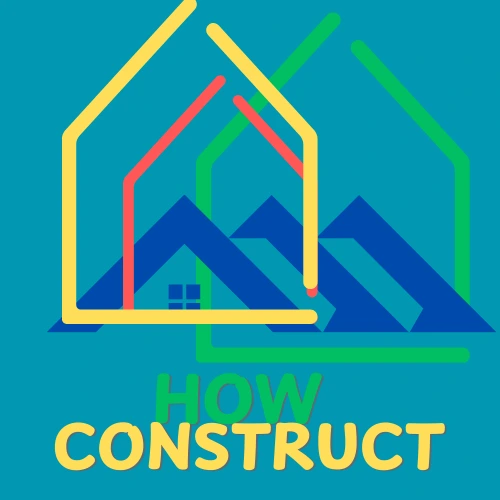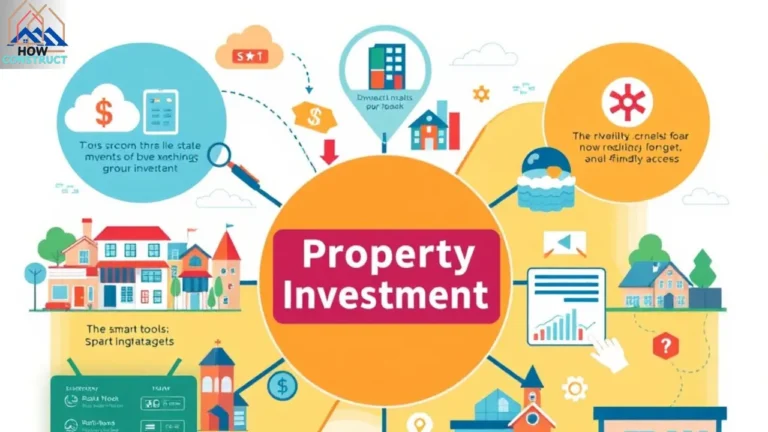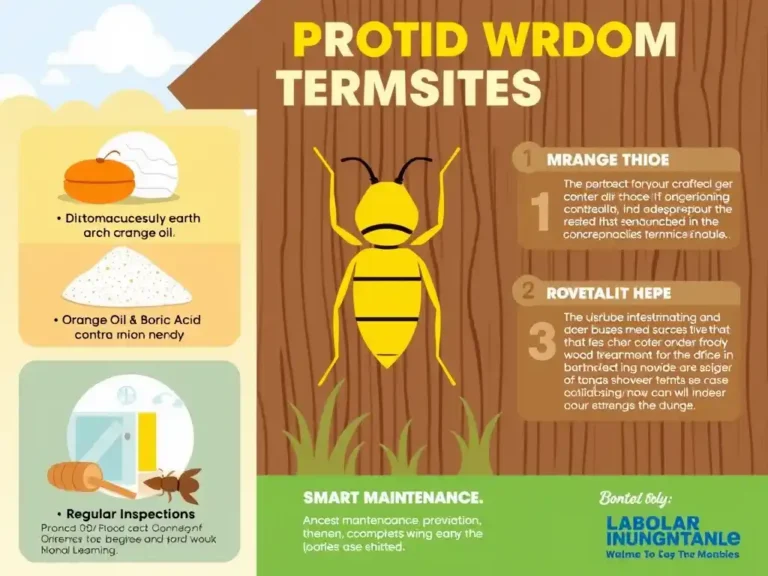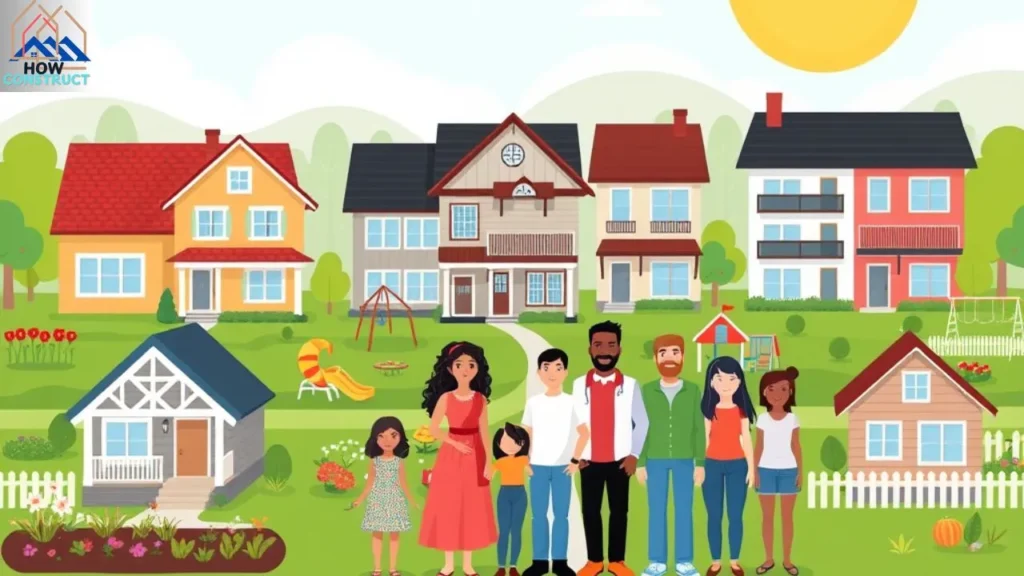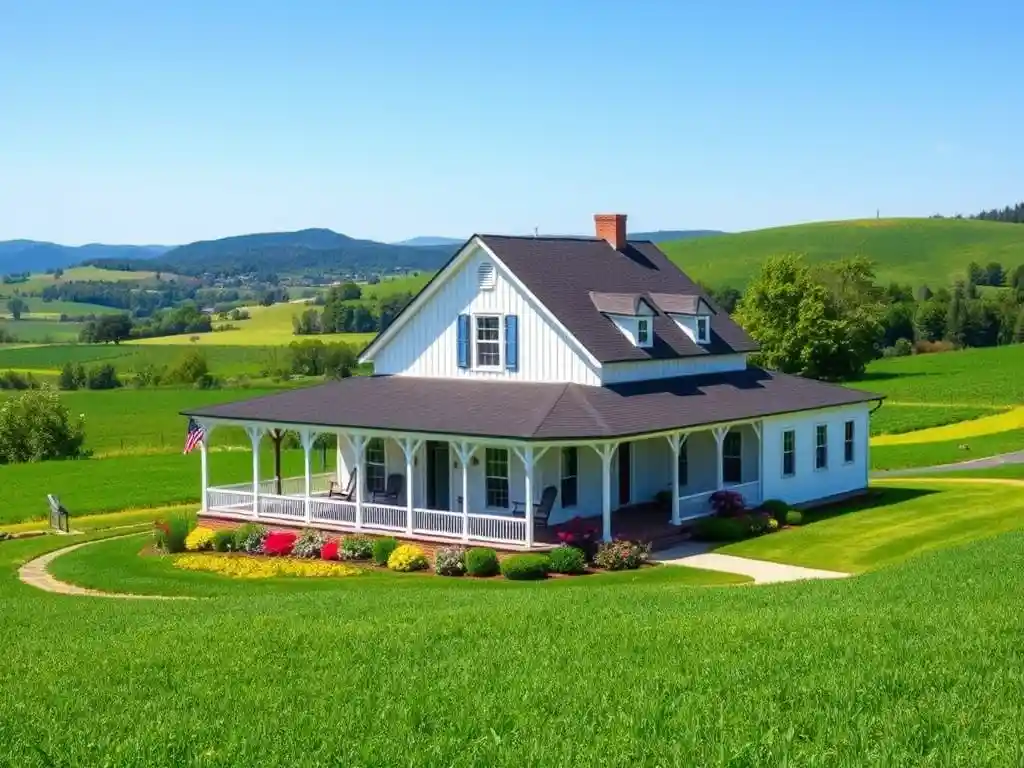Understanding the Meaning and Impact of Affordable Housing
Affordable housing for low income is more than a terminology—it’s an important key to an emerging global dilemma. It renders housing units that individuals or parties can acquire without investing more than 30% of their family earnings. The objective is to corroborate that people from all walks of life have access to safe, stable homes. In today’s economy, securing affordable housing is a ultimatum faced by millions across cities, suburbs, and rural areas alike.
Many people intricate affordable housing with poor-quality housing or government aid, but that’s not habitually the case. Affordable homes can be new expansions, modern apartments, or subsidized housing presuming that both special developers and state schemes. Even if it’s a first-time buyer, a senior taxpayer on a specified earnings, or a working family, affordable housing schemes aim to come across the demands of every demographic.
A growing number of affordable housing developers are building modern, eco-friendly homes that come across both lifestyle and monetary demands. These developers are usually share-holders with administration and nonprofit organizations to provide affordable homes in high-demand areas.
The Role of Government in Affordable Housing Initiatives
The Department of Housing and Urban Development (HUD) enacted an important role in the formation and imposition of affordable housing guidelines in the U.S. One of HUD’s key apparatus is the Housing Choice Voucher Program, usually cited as Section 8, which supports low-earnings renters secure housing in the special market.
HUD also share-holders with state and local administration through initiatives like the Low-earnings Housing Tax Credit (LIHTC). These tax premiums fortify special investors and affordable housing developers to create more housing options. This is especially vital in urban areas where land and construction costs are high.
A major win for communities has been the emergence of affordable housing nonprofits. These organizations work directly with residents, offering rent subsidies, down payment assistance, and even training for first-time buyers navigating the system. Through coordinated efforts, these nonprofits help corroborate housing for low-earning families and stand a priority even when budgets are tight.
Common ultimatums and Misconceptions About Affordable Housing for low income
Notwithstanding the good it brings, affordable housing still faces state resistance. One common myth is that it lowers neighborhood property values or increases crime. However, studies show that professionally managed affordable housing expansions usually improve communities by increasing diversity, strengthening local economies, and reducing homelessness.
Another ultimatum is the lack of directory. Urban centers, in particular, are encountering an acute scarcity of affordable homes. Even in areas where schemes exist, demand far outweighs supply, forcing families to remain on waiting lists for months or even years.
Additionally, many first-time buyers are unaware of the resources available to them. Affordable housing schemes at both the federal and local levels are usually underutilized due to lack of state awareness or complex application procedures. This is why the efforts of affordable housing nonprofits are so important—they bridge the gap between policy and practice.
How to Access Affordable Housing Opportunities
So how do you find affordable housing near you? Start by contacting your local housing authority or visiting the HUD website. These sources offer information on subsidized housing, waiting lists, and eligibility criteria.
If you’re a first-time buyer, research government-backed loans like FHA and USDA, which have more flexible earnings and credit requirements. You can also find affordable housing schemes that offer grants, low-interest loans, or down payment assistance.
Keep in mind that many affordable homes are mixed-earnings expansions. These modern communities combine market-rate and earnings-restricted units to foster balanced, vibrant neighborhoods. This model is increasingly popular among affordable housing developers because it eliminates stigma and builds inclusive communities.
Don’t hesitate to reach out to affordable housing nonprofits in your area. They offer valuable support like legal counseling, rental navigation, and workshops for first-time buyers. By guiding you through the maze of requirements and deadlines, they improve your chances of securing stable housing.
The Future of Affordable Housing for low income
The future of affordable housing looks both promising and challenging. While demand is rising, keys are catching up. New technologies, such as modular construction and 3D printing, allow affordable housing developers to cut costs and build faster. These innovations are especially useful in areas hit hard by natural disasters or rising rents.
Cities are also rethinking zoning laws to allow more affordable housing expansions in traditionally single-family neighborhoods. This shift increases housing availability without sacrificing community character.
On the monetary side, more investors are turning to affordable housing as a socially responsible investment. Even if through subsidized housing bonds or tax credits, they’re discovering that doing good can also make monetary sense.
However, the biggest gains will come from share-holder—between administration, developers, affordable housing nonprofits, and the people they serve. Together, they can expand housing for low-earnings families, support first-time buyers, and create stronger, more inclusive communities.
FAQs Regarding Affordable Housing for low income
Q1: What qualifies as affordable housing?
A: Housing is considered affordable when a family spends no more than 30% of its earnings on rent or mortgage.
Q2: How do I apply for affordable housing schemes?
A: Contact your local housing authority or visit HUD’s official website. They’ll guide you through the process.
Q3: Are affordable homes only for low-earnings families?
A: No. Many schemes also support first-time buyers and moderate-earnings families, especially in high-cost areas.
Q4: Can I buy a home through affordable housing schemes?
A: Yes! Many affordable housing schemes include purchase options with down payment assistance or special loan terms.
Q5: What’s the role of affordable housing nonprofits?
A: They offer support services like housing counseling, legal aid, and monetary education for first-time buyers and renters.
